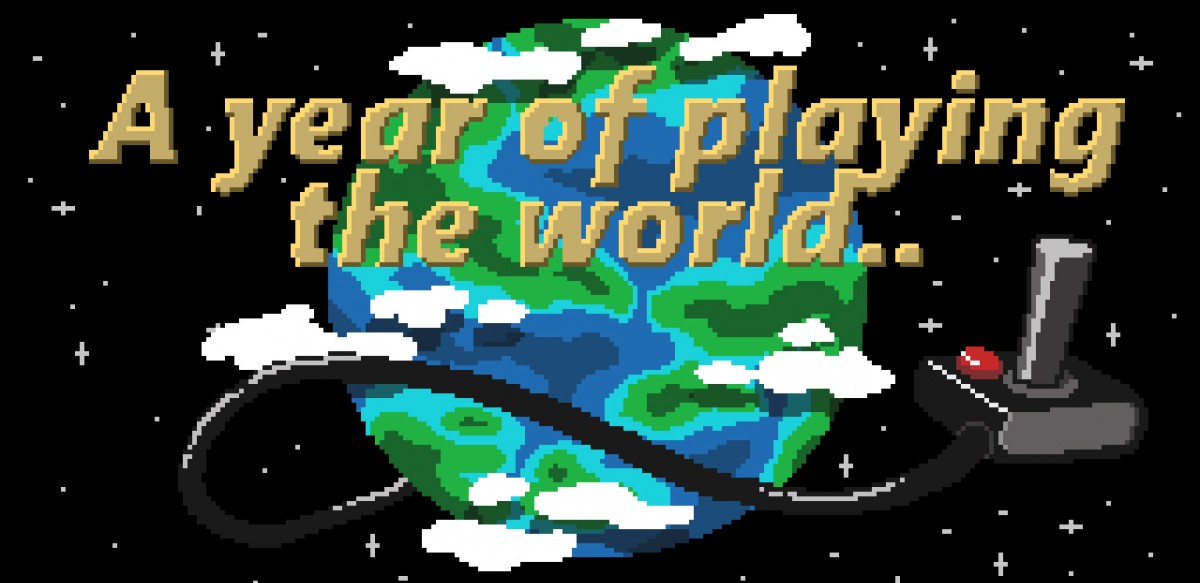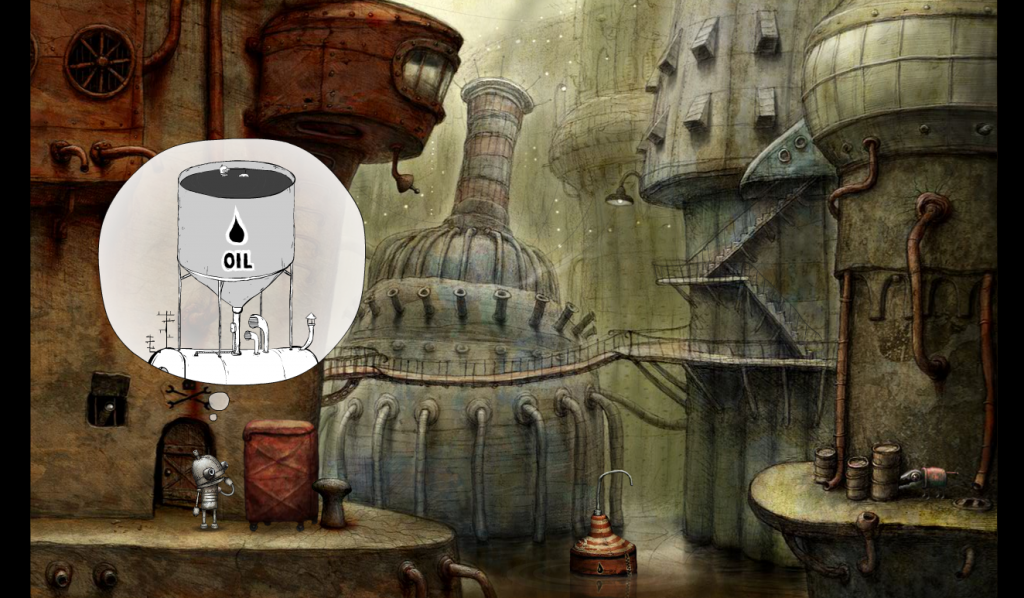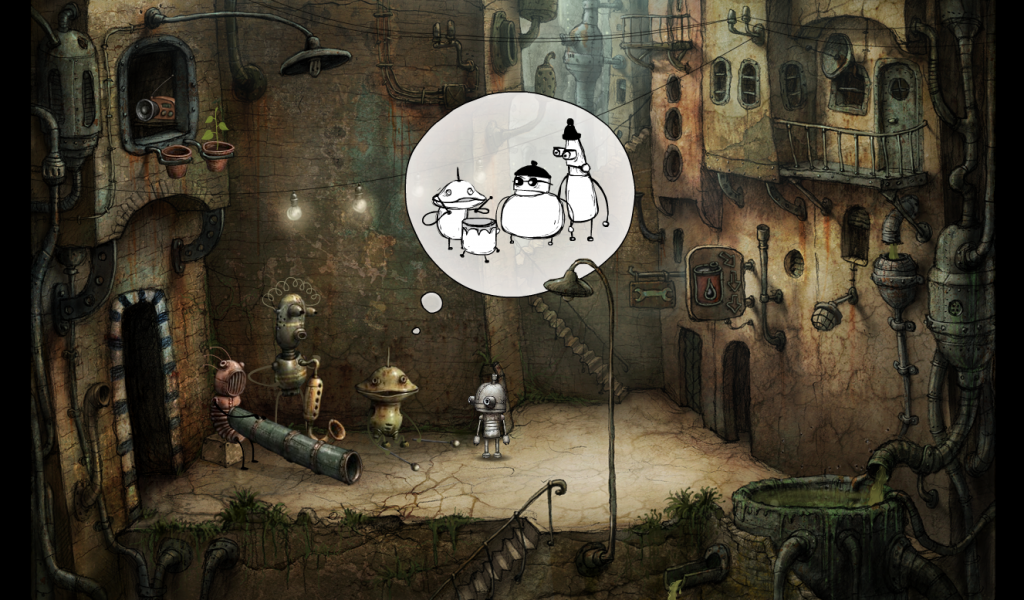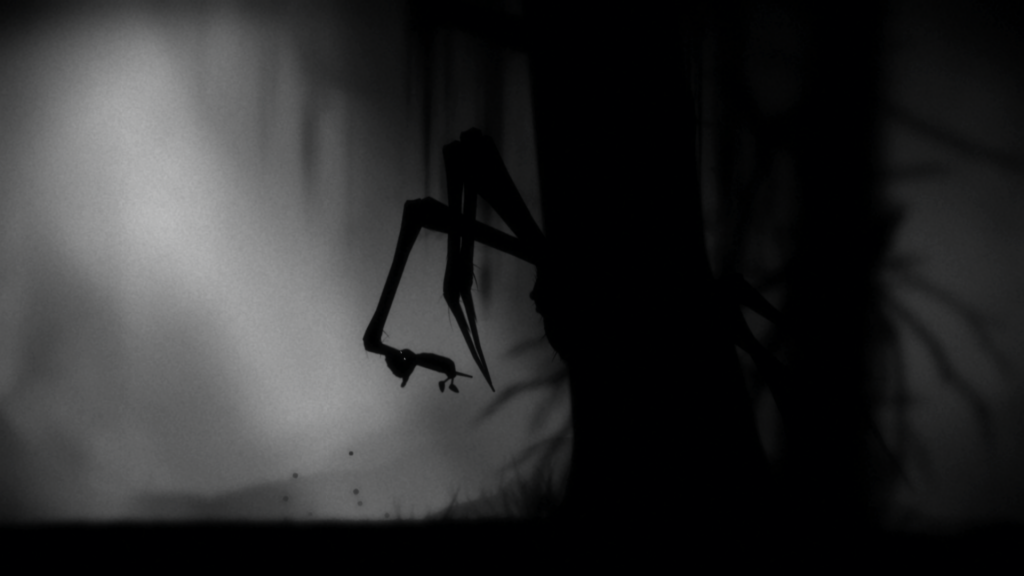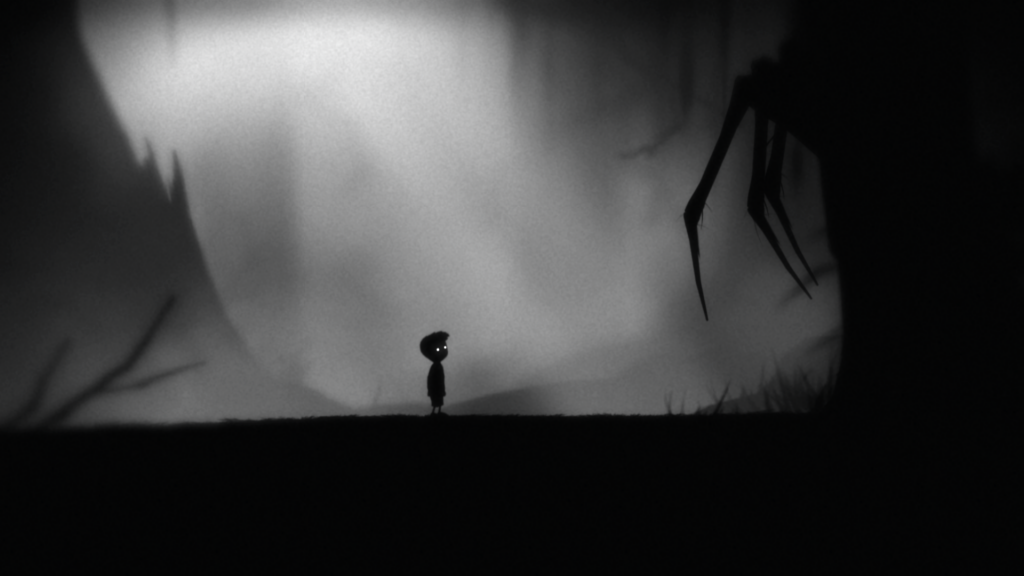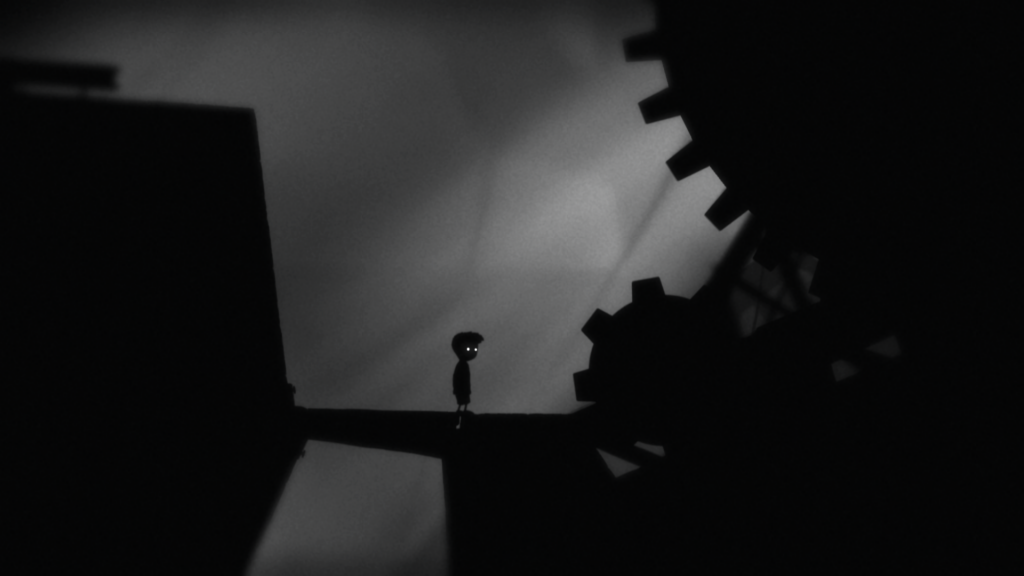
“To see if we would be loved”
Sweden is definitely an outstanding region to develop video games. It is home of masterpieces such as the Battlefield series, Just Cause, Wolfenstein: The New Order (btw one of my favourite games developed in one of my favourite cities: “Uppsala” – featuring several in-game easter eggs pointing to home), Minecraft, Mirror’s Edge, Need for Speed, and even the Goat Simulator. Looking at this giant list (and list of giants), I was pretty surprised how many games in my own shelf were actually developed by Swedish studios. While Sweden has a lot of different games to offer, one recommendation definitely took me into the Swedish mood: Year Walk. It was the snow scenery looking at the screenshots and the interesting name, which made me start the game, but it was the fascinating story, which kept me playing until I’ve heard and seen it all. It is the story about Daniel Svensson, who wants to know if his lover Stina will still love him in the future.
What would one suffer through to be able to see the future? What would we do to see if we would be wealthy, happy, and loved, or even if we would live? This game definitely is one which made me think and which taught me a lot. A Year Walk is a handcrafted and artistic game with wonderful music and atmospheric graphics telling a very special story: the story about Sweden’s ancient pagan ritual “Year Walk”, which was widespread in the beginning of the 19th century. This ritual should enable the walkers foreseeing the future and is described as a dangerous, challenging – even deadly – quest. Year walkers would lock themselves alone without food and drink into dark rooms on days such Midsummer’s Eve with one final spiritual destination: the church as place to see the future. On their way to the church they would encounter different supernatural mythical creatures and ghosts threatening the walker physically and spiritually. At the end the walker has the possibility to vision the future, but also finds the feared Church Grim. A very dark background comes with the Church Grim: when churches were built in medieval times often animals (sometimes even criminals) were buried alive under the church as guardians. But this is only one part of the Swedish folklores the game tells us about.
The game takes the player onto the journey of such a Year Walk while encountering different creatures and elements from Swedish folklore. Another story told in the game is the story of the “Mylingen” (The Mylings). This in-game encounter was a especially dark one. According to the game Encyclopedia a common crime during the 19th century or earlier was infanticide: mothers murdering their babies by leaving them in the woods or drowning them, because there was no room for more mouths to feed. The game takes us to different encounters of such crimes. Blood stains. Dark mood. Gloomy music. Tiny dead bodies. We need to take them to the other side of the bridge.
The mechanics of the adventure/puzzle game are simple. It is working with just a limited movement along the scenes, when arrows are visible (left, right, forward, backward) and eventually interacting with some game elements with the mouse as part of small puzzles. It is one of those games where you are better off with a small notebook (real one) next to the PC to solve the puzzles: remembering patterns, numbers, drawings. On-demand hints help the player. An in-game Encyclopedia tells the player everything about the Year Walk, and the different encountered creatures. All folklore elements are well researched and incorporated smartly into the game design. But this game is definitely not about the in-game interactions and the puzzles: it is the atmosphere and the stories that make this game to an unique and mystical experience.
In general, the game feels more like a mixture of reading an old book about the Swedish folklores and watching an artistic dark movie than playing a video game. No wonder: the original script was written as a film script and later adapted to fit an interactive dark experience.
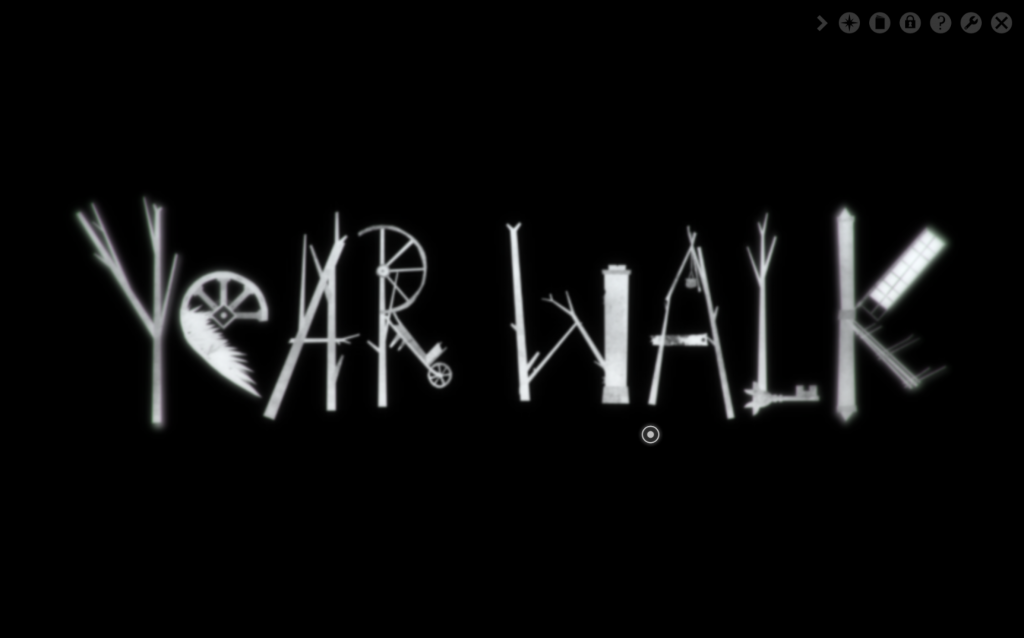
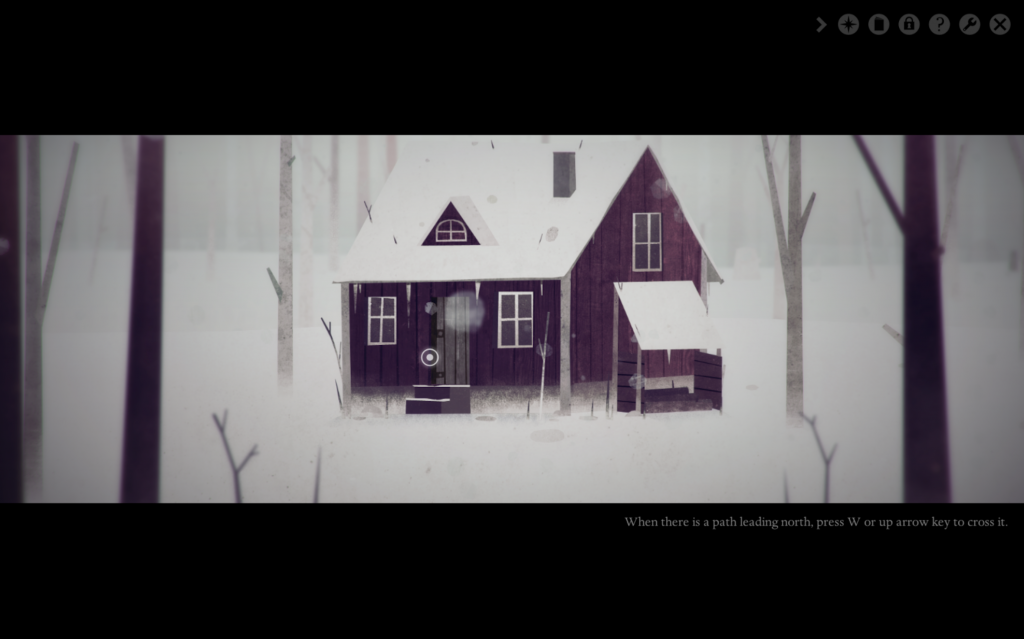
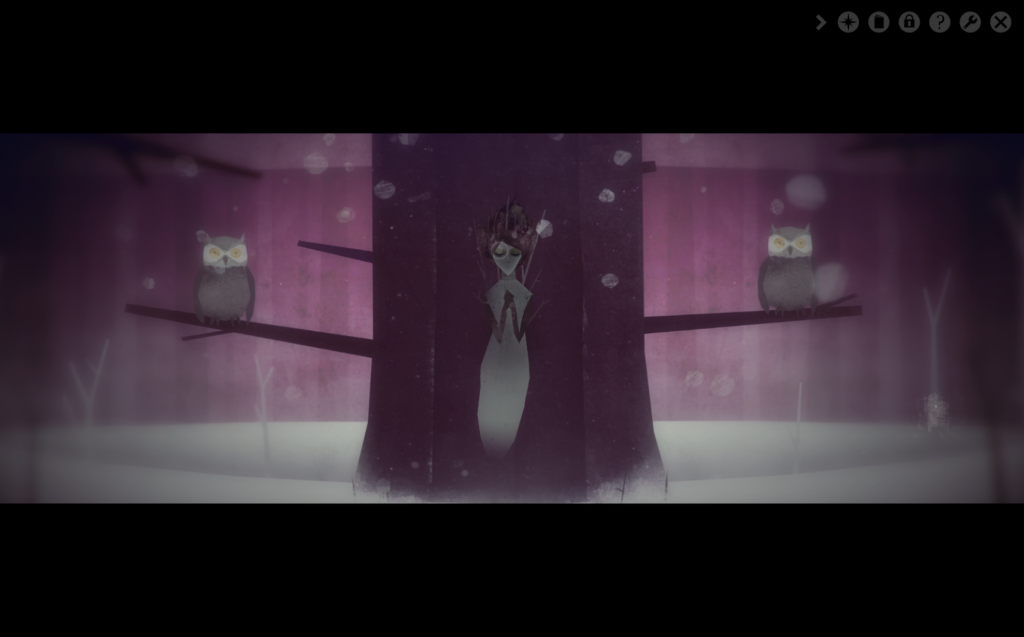
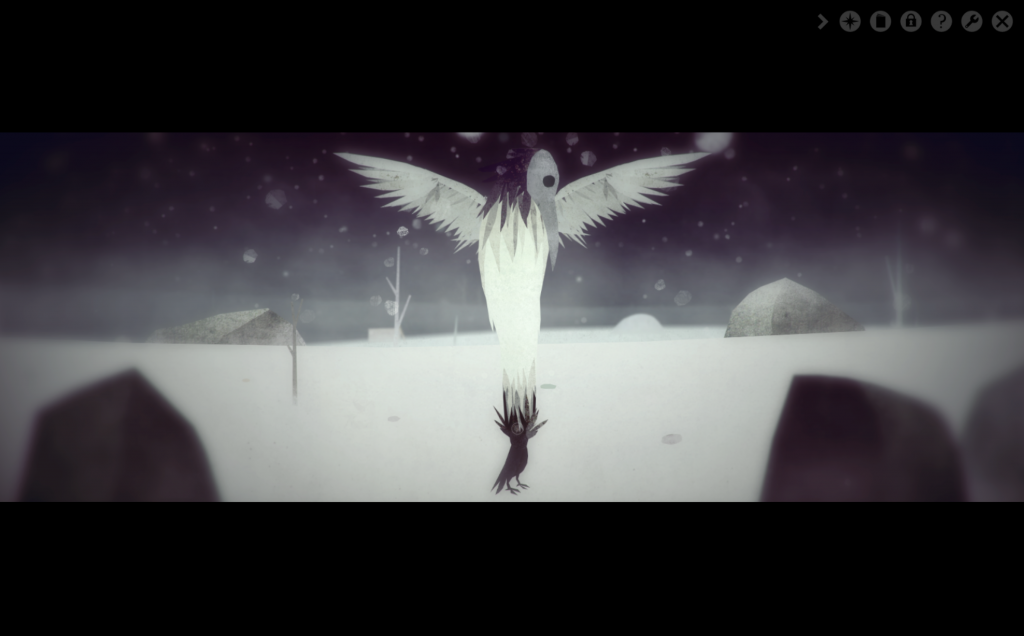


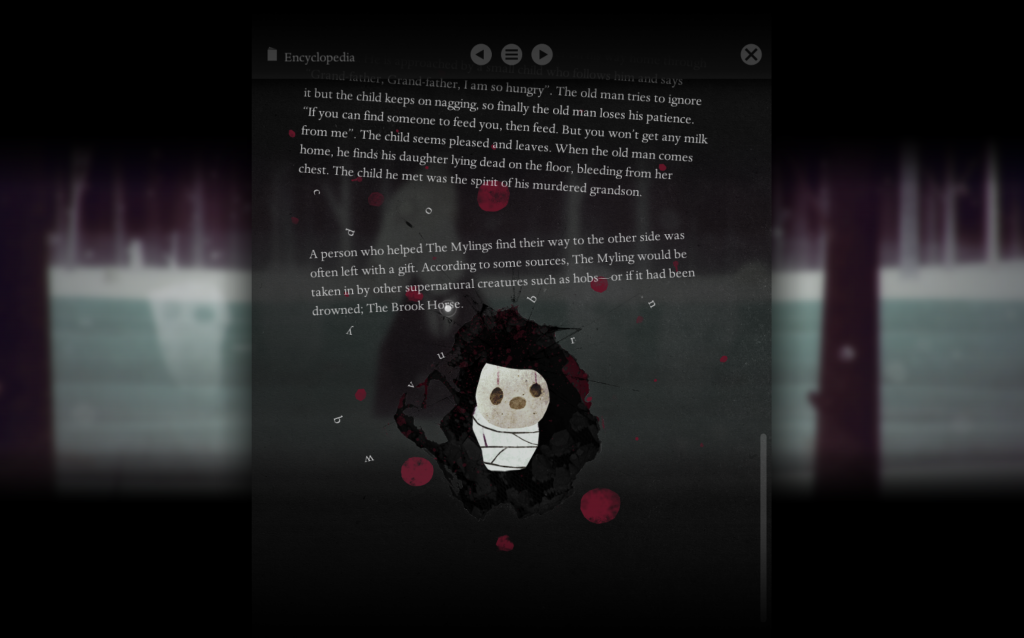
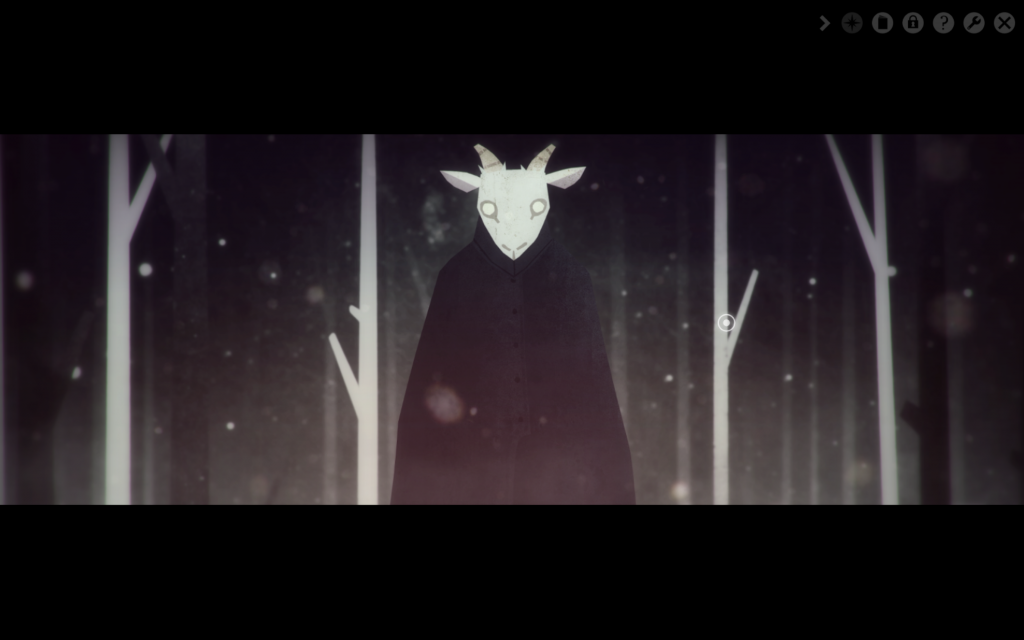
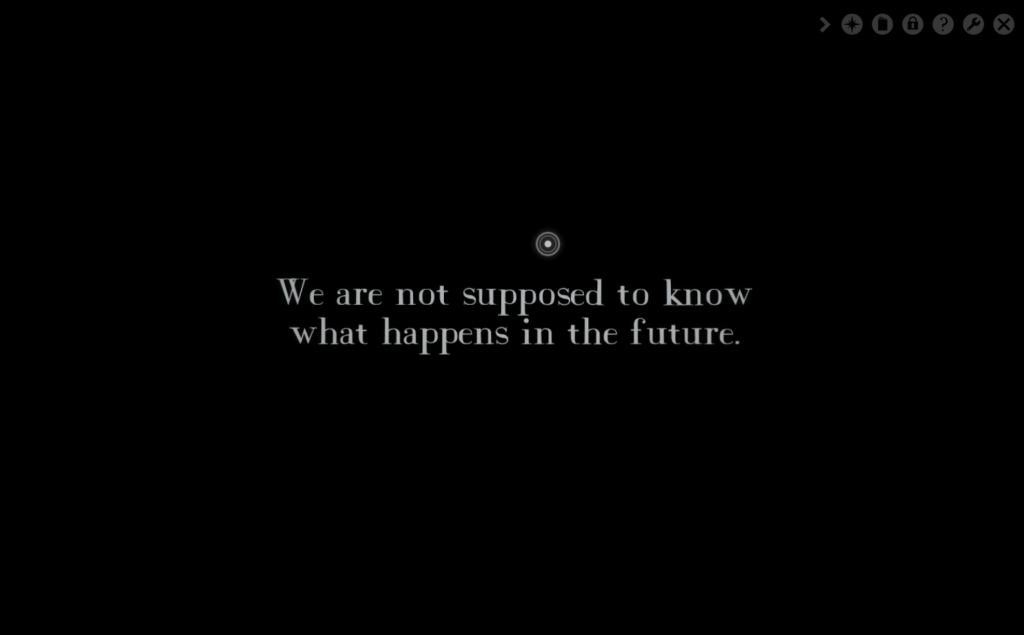
| Release | 2013 |
| Genre | Adventure Puzzle |
| Developer | Simogo |
| Publisher | Simogo, Nintendo |
| http://store.steampowered.com/app/269050 | |
